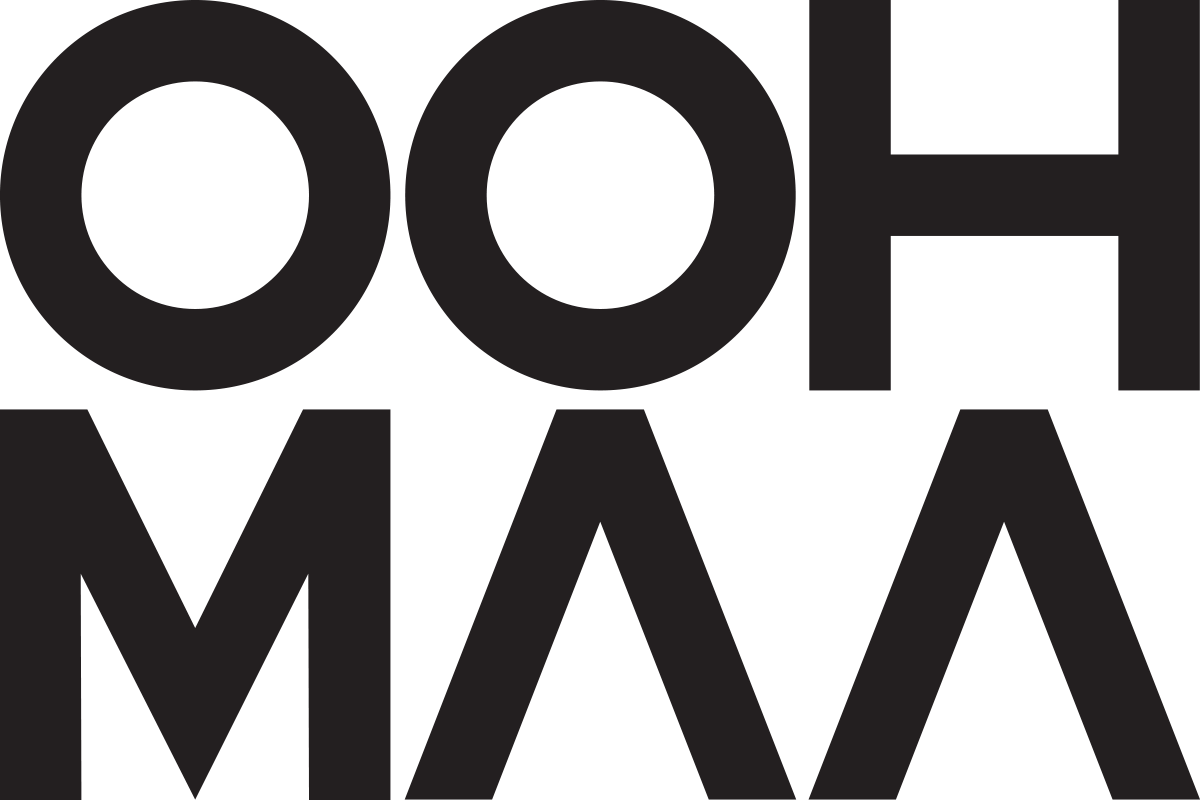Billboard space a gift for Maori cultural stories
Out of Home advertising company, JCDecaux has joined forces with design studio Haumi to display Maori cultural stories on its billboards nationwide.
The global Out of Home company and Maori creative design firm have teamed up to launch Pae Atea, a new project to showcase Aotearoa’s indigenous art, culture and heritage to a mass audience via billboards throughout the country.
In what is believed to be a world first, JCDecaux will gift Haumi Out of Home media space for a minimum of two years and contribute half the cost of creative production. It has locked in media schedules and will also be a priority campaign for any unsold inventory.
Pae Atea produced its first billboard during Matakriki in Juen. It has since rolled out an Out of Home display in Auckland with Ngati Whatua, which will tell the story of Chief Apihai Te Kawau’s allocation of land to the crowns ahead of the 182nd anniversary of Auckland’s foundation as a city.
Haumi is an Auckland-based creative firm specialising in communicating Maori cultural identity to a wider audience. The firm worked on the NZ pavilion at Expo 2020 in Dubai and has worked with international corporates, including Airbnb.
Mike Watkins, Country Head of JCDecaux NZ, said a chance meeting with Haumi founder Karl Johnstone sparked the idea to display Maori cultural stories and art across JCDecaux’s Out of Home channels.
‘I sat opposite Karl at a lunch, and he was describing what he does, creating Maori stories and Maori perspectives. I felt incredibly enthralled by it but also guilty that, as a 50-year-old white man, I’d had preconceptions about what had happened in the past.’
‘I mulled it over and realised there was an opportunity to deliver Maori stories from a Maori perspective through mainstream media.’
Watkins said Pae Atea is a significant investment for the Out of Home operator.
‘This isn’t filler space we’re giving away. We’re investing a hell of a lot to make sure these messages are out there,” Watkins said.
‘We’ve locked in schedules, taking space away from paid advertisers. While financially, we may be losing money on this, it is much bigger than a commercial proposition’.
Johnstone said Haumi’s public displays would be a ‘powerful tool to communicate and used ‘to engender a deeper concept of connection to space’.
‘If you look at the name, Pae, in a marae context, it is a threshold; it can be physical or figurative. These billboards will be pipelines, thresholds, and places to encounter. Atea is the space between you and the billboard; or between one form of understanding and the potential to see things differently’.
Watkins said JCDecaux could follow the Pae Atea template in other countries to promote the culture of indigenous communities.
‘JCDecaux is the biggest Out of Home company in the world. There’s an opportunity to follow this model in other countries, starting with our neighbours in Australia. Once this has more development behind it, there is a big opportunity, concluded Watkins.


